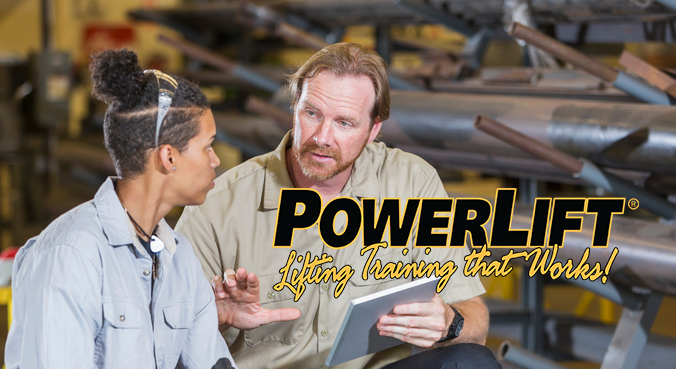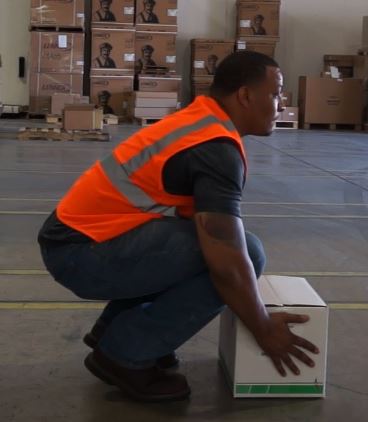According to the Bureau of Labor Statistics, over 1 million workers suffer from back injuries on the job every year. Improper lifting techniques account for 3 out of 4 back injuries in the workplace. Back injuries are responsible for 1 out of every 5 workplace injuries or illnesses. The annual cost of back injuries to employers is counted in billions of dollars. 25% of all compensation claims are for back injuries. And we haven’t even begun to count the cost of the pain and suffering that employees experience. Nor have we considered the wider impact that an injury can have on the relationships, family, and friends of the injured person.
● They implement the program in Operations through Safety, often with much publicity and hype.
● Employees participate in the program.
● Overnight, illustrated safety posters featuring large, friendly fonts appear magically around the workspace. The atmosphere buzzes with chatter about the new safety initiative.
● Fast forward a few weeks. The safety program has now become an event, based on a nice idea.
● Corporate check the safety program off their list of priorities.
● Posters lose their shine and become part of the background clutter.
● The safety training program is now lost in the drift of old lifting habits.
● Safe material handling returns to the status quo.
● Statistics show a temporary decrease in injuries, but the decrease is just a blip in a line of blips that follow every safety training. And will likely follow the next one. And the next one.
ᐅ Keep your back straight.
ᐅ Place your feet shoulder width apart.
ᐅ Squat down.
ᐅ Lift with your legs, not your back.
ᐅ Keep the weight near your torso.
Click here to see the next post of this 5 part series.



Recent Comments